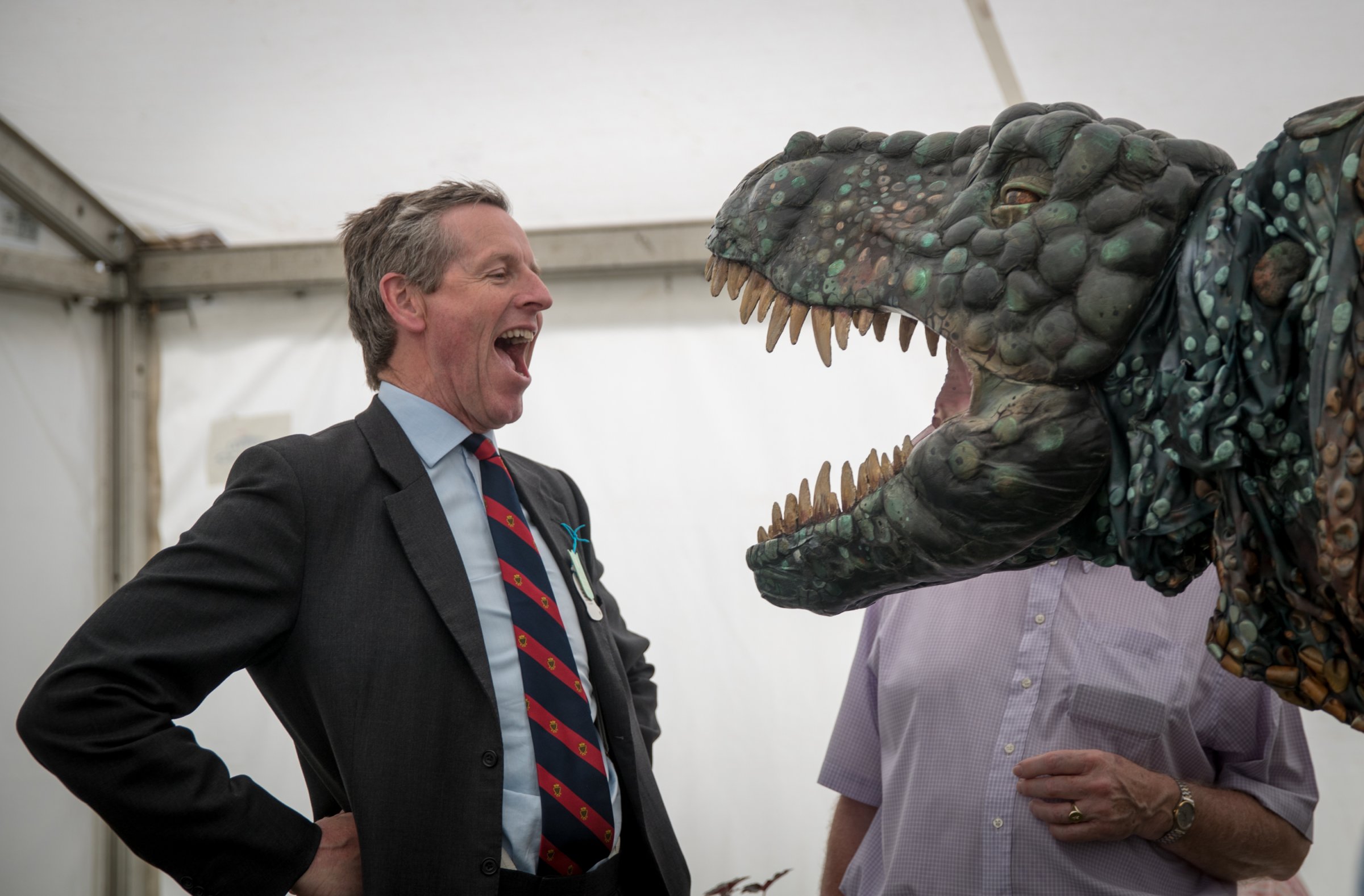
Not only did some dinosaurs have feathers, but according to new research the prehistoric creatures may have emitted coos or mumbles instead of mammalian roars.
After a comprehensive review of vocal data from bird and crocodile species, scientists from universities in Arizona, Texas, Utah and Canada found that dinosaur sounds may be what they call a “closed-mouth vocalization.” According to the research published in Evolution, a similar example would be the coos of a dove, in which sounds are emitted through the skin and neck area while the beak is kept closed.
“Looking at the distribution of closed-mouth vocalization in birds that are alive today could tell us how dinosaurs vocalized,” Chad Eliason from The University of Texas Jackson School of Geosciences and the study’s co-author said in a statement. “Our results show that closed-mouth vocalization has evolved at least 16 times in archosaurs, a group that includes birds, dinosaurs and crocodiles. Interestingly, only animals with a relatively large body size (about the size of a dove or larger) use closed-mouth vocalization behavior.”
More Must-Reads from TIME
- Donald Trump Is TIME's 2024 Person of the Year
- Why We Chose Trump as Person of the Year
- Is Intermittent Fasting Good or Bad for You?
- The 100 Must-Read Books of 2024
- The 20 Best Christmas TV Episodes
- Column: If Optimism Feels Ridiculous Now, Try Hope
- The Future of Climate Action Is Trade Policy
- Merle Bombardieri Is Helping People Make the Baby Decision
Contact us at letters@time.com